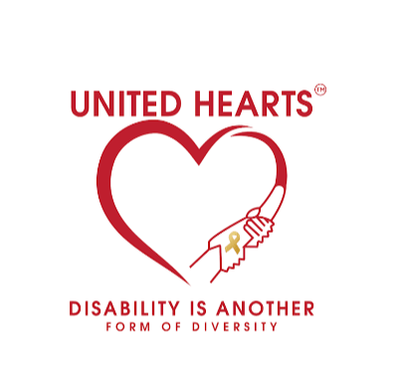IHS (Individualized Home Support with Training)

ILS training is direct training from a staff person to address the identified skill development needs of a person in the areas of:
• Communication skills
• Community living and mobility
• Interpersonal skills
• Reduction/elimination of challenging behavior
• Self care
• Sensory/motor development involved in acquiring functional skills
Assistance and supervision may occur during the delivery of ILS training services. However, training must be the primary service provided.
ILS training does not cover:
• ILS training provided in licensed settings that are not the person’s home
• Overnight supervision
• Services that duplicate other Minnesota state plan or waiver services
ILS training must be provided in the person’s home or in community settings typically used by the general public.
The following are examples of ILS training provided in the person’s home and/or community setting:
• Learning how to cook in the person’s kitchen
• Learning how to deposit money by going to a bank or ATM
• Using the bus system to learn how to ride a bus
Design the methods, materials and settings used to provide ILS training to meet the following outcomes:
1. Increase the person’s independence by teaching skills so the person can perform tasks and activities with decreased dependence on caregivers.
2. Increase the person’s opportunities to interact with people without disabilities who are not paid caregivers.
3. Provide daily schedules, routines, environments and interactions similar to those of people without disabilities of the same chronological age.
4. Provide skill training in an environment where the person will use the skill.
5. Support the person’s development of decision-making skills and informed choices in all aspects of daily living, including selection of service providers, goals and methods, location and decor of residence, roommates, daily routines, leisure activities and personal possessions.
